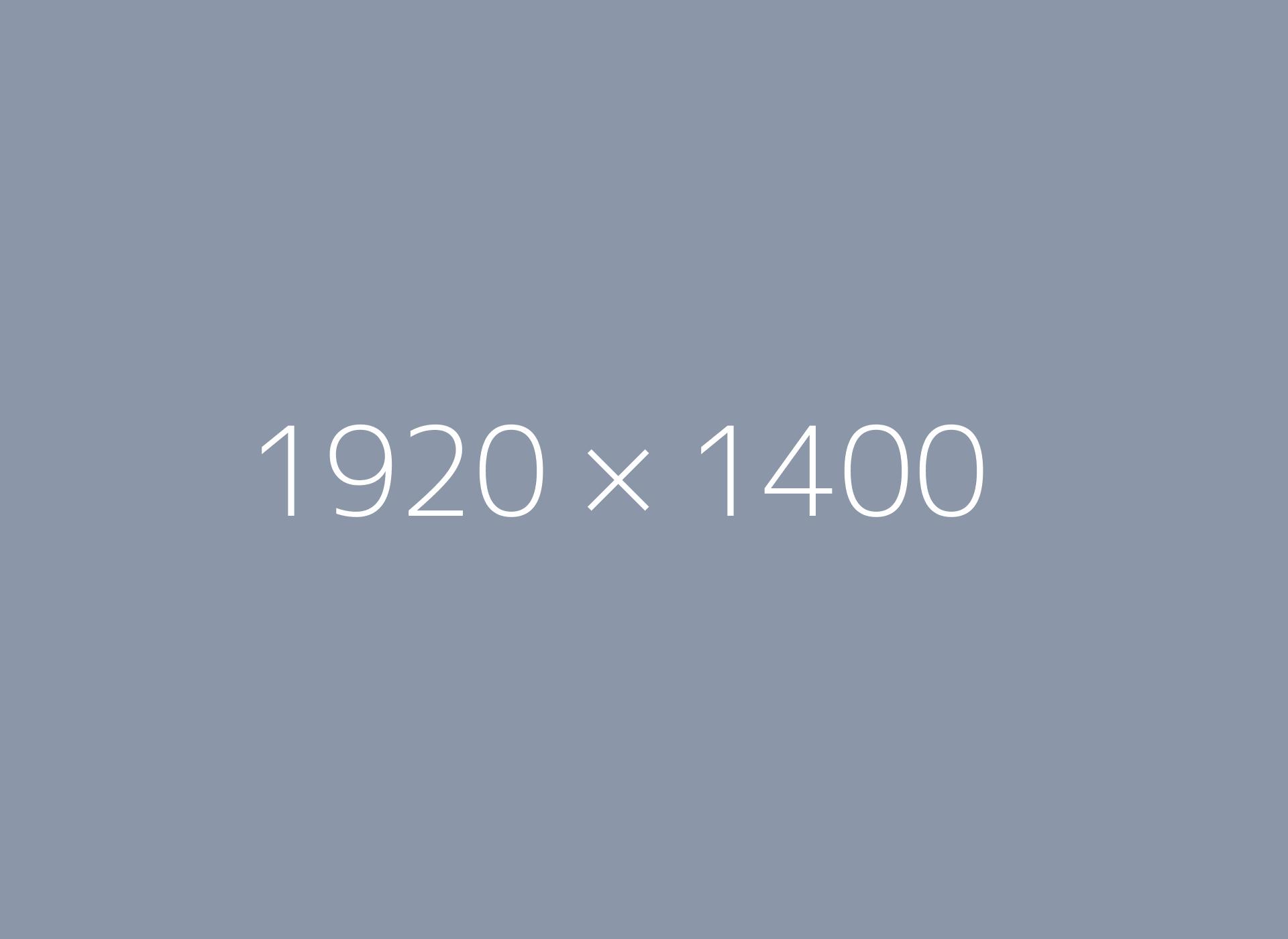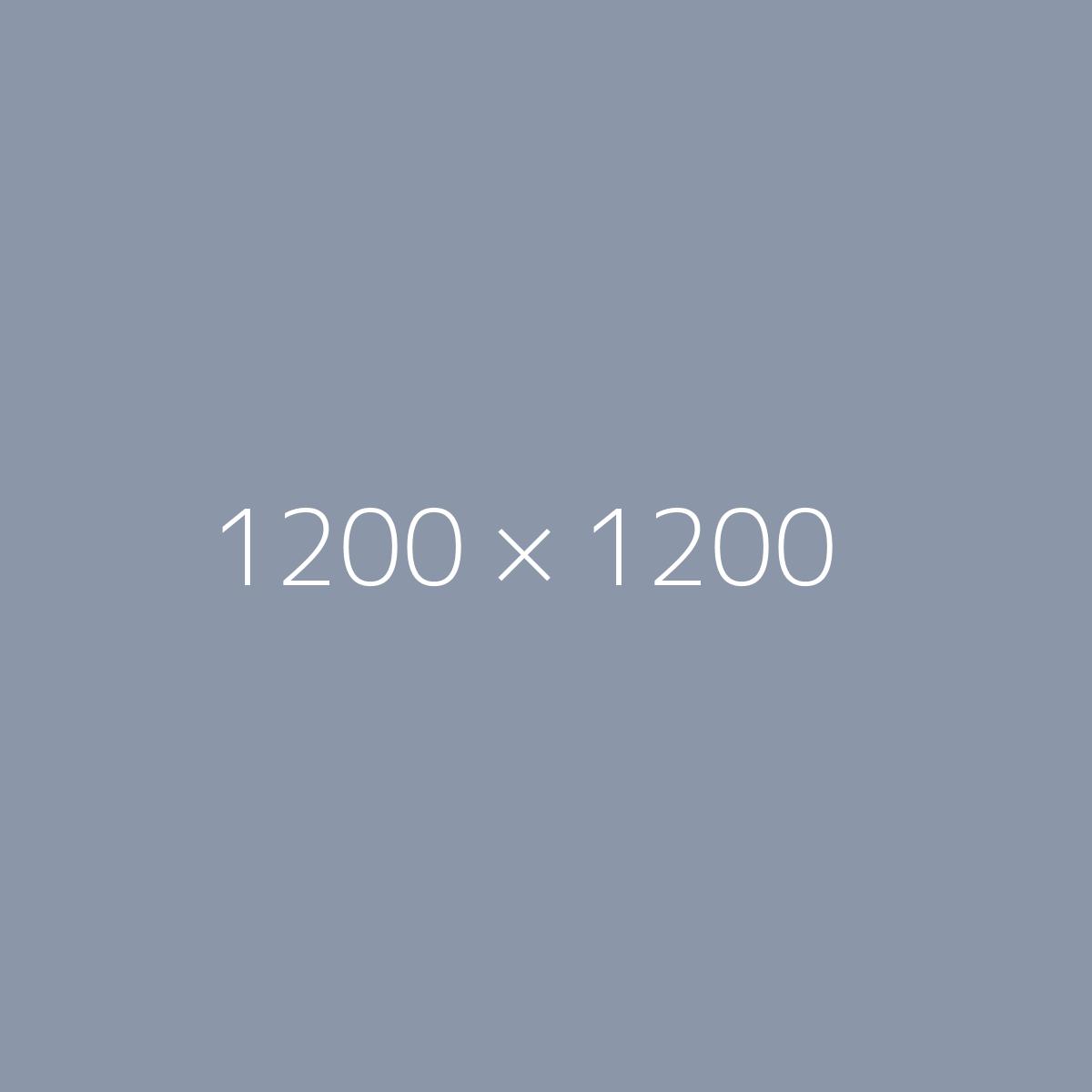The Future of Digital Design - Trends to Watch
Published
August 20, 2024The Evolution of Digital Design
As we approach the next phase of digital transformation, it's clear that the world of digital design is undergoing a dramatic evolution. The future of digital design will be shaped by emerging technologies, shifting user expectations, and the growing need for seamless, intuitive user experiences.
Digital design has always been at the forefront of innovation, constantly adapting to new technologies and user demands. As we move into 2024, designers must stay agile, leveraging the latest tools and trends to create compelling, user-centered experiences.

In this post, we'll dive into the latest trends in digital design for 2024 and beyond, giving you the tools to stay ahead of the curve and ensure your projects remain at the cutting edge of design. Let's explore!
Minimalism with a Purpose
The less is more philosophy has been a popular design principle for some time now, but in 2024, minimalism will be more purposeful than ever. Designers are focusing on streamlining interfaces, reducing cognitive load, and making every design element count.
Why is Minimalism Trending?
- Improves page load times, enhancing
SEOand user experience. - Reduces distractions, leading to higher engagement.
- Aligns with the rise of mobile-first design.
AI-Driven Design
Artificial Intelligence is transforming the way designers work. From generating design mockups to personalizing user experiences, AI is becoming an integral part of the design process.
"AI is no longer just a tool for automation — it's becoming a creative partner, assisting in everything from layout generation to user testing."
3D and Immersive Design
With the rise of virtual and augmented reality, 3D and immersive designs are becoming more prominent. This trend allows users to engage more deeply with digital interfaces and content, creating experiences that feel more tangible and lifelike.
Code Example for CSS 3D Animation
Here's a simple example of how you can create a 3D animation using CSS:
.box {
width: 200px;
height: 200px;
background-color: #3498db;
transform: rotateY(45deg);
transition: transform 0.5s ease;
}
.box:hover {
transform: rotateY(360deg);
}
This example showcases how to rotate a box element along the Y-axis for a smooth 3D animation effect.
Data-Driven Design Decisions
Designers are increasingly relying on data to make more informed design decisions. By utilizing tools like heatmaps, user analytics, and A/B testing, they can create designs that are both visually appealing and functional.
Key Benefits of Data-Driven Design
| Benefit | Description |
|---|---|
| Personalization | Allows for tailored experiences based on user behavior and preferences. |
| Optimization | Helps identify areas of improvement, leading to higher conversion rates. |
| Efficiency | Reduces the guesswork, saving time and resources. |
Dark Mode Dominance
Dark mode is not just a fad; it's becoming a standard. More and more users prefer the darker aesthetic for its benefits, such as reducing eye strain and conserving battery life on mobile devices.
Incorporating dark mode into your design strategy can significantly enhance the user experience, especially for apps and websites with long user interaction times.
Conclusion
As digital design continues to evolve, staying ahead of these trends will be crucial for designers looking to create future-proof designs. By embracing minimalism, integrating AI, and leveraging data, you'll be well-positioned to deliver innovative and effective digital experiences in the years to come.
Leave a Reply
Sed mauris nulla, tempor eu est vel, dapibus hendrerit mauris.




0 Comments
Join the conversation